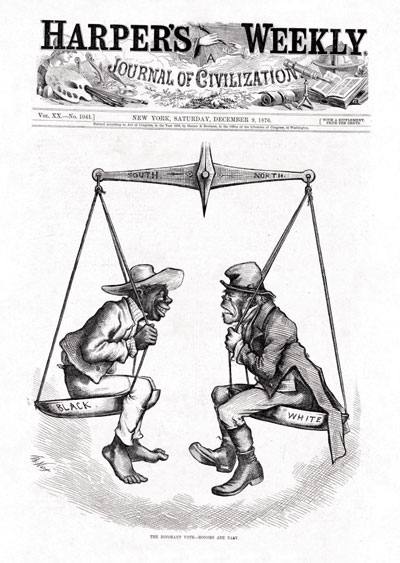

London 1625. King James II entered into force a new law: Irish political prisoners would be sent across the sea and sold to the English settlers established in America. About 30,000 Irish were taken to the New World to be used as crafts by the settlers, mostly Catholics, insurgents against English oppression.
The Spaniards began a century earlier in the African slave trade and immediately Portuguese, Dutch, French and British joined them in a profitable business. But not only were the slaves expelled from Africa, as the “shipment” promised by the king of England was no exception, but in the mid-17th century most of the human goods of the English merchants came from Ireland. For example, 70 per cent of the inhabitants of the islands of Antigua and Montserrat were Irish slaves by 1650.
In that decade, about 100,000 children aged 10-14 years were separated from their parents and sold both in the West Indies and in the state of New England. Another 52,000 slaves, most of them children and women, were sold in Barbados and Virginia. About 2,000 more people were sent to Jamaica... They were neither prisoners nor criminals nor had a bondage contract, as some wanted to sell afterwards.
The conditions of the Irish slaves were no better than those of the Africans. On the contrary, they were below them in various fields. Whites were much cheaper than blacks; in the 17th century, black slaves were worth an average of GBP 50 and rarely paid more than five pounds for the Irish. In addition, the sons of white slaves continued to be slaves, even when their parents achieved freedom.
The settlers, in order to make the most of the resources, began to “cross” Irish women with African slaves to “produce” mulattos. The success of the newly mixed slaves was imminent: they could be sold more expensive than the Irish and buy cheaper than the Africans. Thus, the new “product” favored both sellers and shoppers until in 1681 the British government passed the law Forbidding the practice of mating Irish slave to African slave men for the purpose of producing slaves, which prohibited crossing Irish and African to create mulatan slaves. But do not think that this measure was driven by urbanity, as the British crown had given the Royal African Company the monopoly of the African slave trade, and it was not in his interest to compete in this market against the mestizos. The company was forced to make a cloned decision to the authorities of the metropolis.